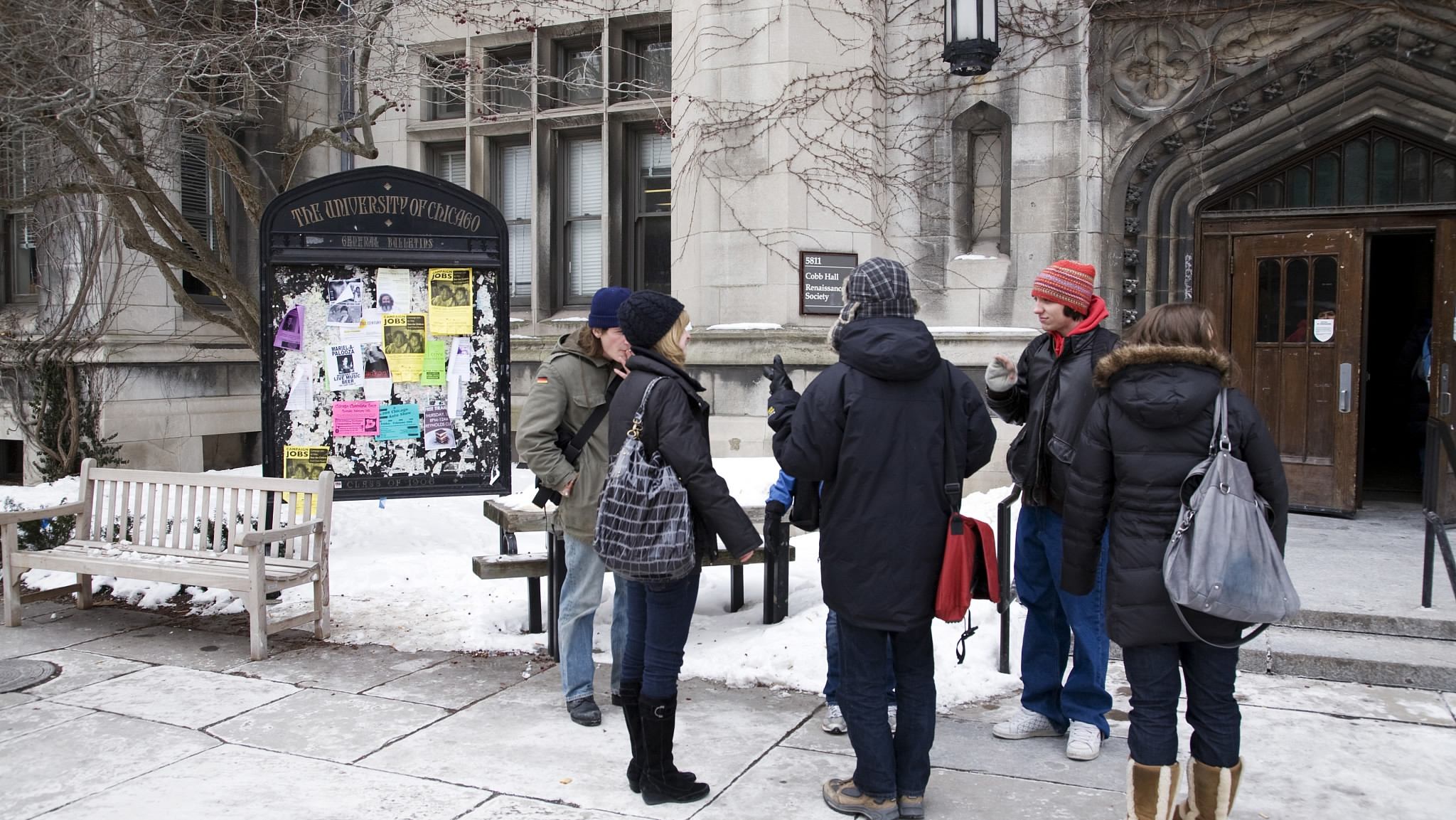
World
15:16, 07-Apr-2018
Numbers of US foreign language students continue to fall: report
By Bertram Niles

Fewer US college students are studying foreign languages, a published report said.
The report by the Modern Language Association of America said the steady fall in numbers suggests a trend is emerging.
"Between fall 2013 and fall 2016, enrollments in languages other than English fell 9.2 percent in colleges and universities in the United States," it said.
Of the 15 most commonly taught languages, only Japanese and Korean showed gains in enrollments.
In the fall of 2013, enrollments reached 1,561,131 but had fallen to 1,417,921 by 2016.
Growth followed by a dip
That, the association said, was the second-largest decline since it started conducting censuses in 1958.
"The results for 2016 suggested that the results for 2013 are the beginning of a trend rather than a blip; the decline between 2009 and 2016 is 15.3 percent," the report said.
Before then, there had mostly been sustained growth in language course enrollments in the previous three decades.
One of the main reasons for the drop is lower numbers of people learning Spanish, by far the most popular language among US college students with 712,240 enrollments.

Class numbers are diminishing but so are trained teachers of foreign languages. /VCG photo
Class numbers are diminishing but so are trained teachers of foreign languages. /VCG photo
The decline in Spanish over the three years was 9.8 percent but several other languages saw their popularity dip as well, and at higher rates. Chinese recorded a 13.1 percent drop, Italian 20.1 percent, French 11.1 percent and Portuguese 20.8 percent.
But some of these figures may mask overall growth in enrollments in some subjects if the decade from 2006 to 2016 is taking into account, the report said. Arabic and Chinese, for example, all increased during the period in comparison to earlier times.
And if you go even further back to the first census in 1958 when not many Americans pursued foreign languages, the percentage change is astronomical – Arabic, Chinese, and Japanese at over 8,000 percent, and Korean, 53,500 percent.
Japanese and Korean were the only two among the 15 most commonly taught languages that showed an increase in enrollments in fall 2016; Japanese, which is fifth in the rankings, was up by 3.1 percent, Korean by 13.7 percent.
'Little reason for optimism'
But, to give some perspective, the actual numbers studying Korean in the US, for example, are still quite low – just 13,936. Chinese, the seventh highest, has 53,069 and Arabic 31,554.
French (175,667) is second to Spanish as the most studied language while American Sign Language (107,060) continues to be third, having displaced German (80,594) in 2013.
"The increases in Japanese and Korean enrollments are encouraging, but other indicators provide little reason for optimism," the association stated in its concluding comments.
"Most striking, perhaps, is that the total number of enrollments in modern language courses in relation to the total number of students at post-secondary institutions in the United States fell to 7.5, almost matching the low point in 1980."
The association said it was conducting an analysis of the figures and would publish a final report later.
Not only are class numbers diminishing but last year the Commission on Language Learning of the American Academy of Sciences warned that a critical shortage of qualified foreign language teachers in the US could leave the nation at a competitive disadvantage in an increasingly multilingual global society.

SITEMAP
Copyright © 2018 CGTN. Beijing ICP prepared NO.16065310-3
Copyright © 2018 CGTN. Beijing ICP prepared NO.16065310-3